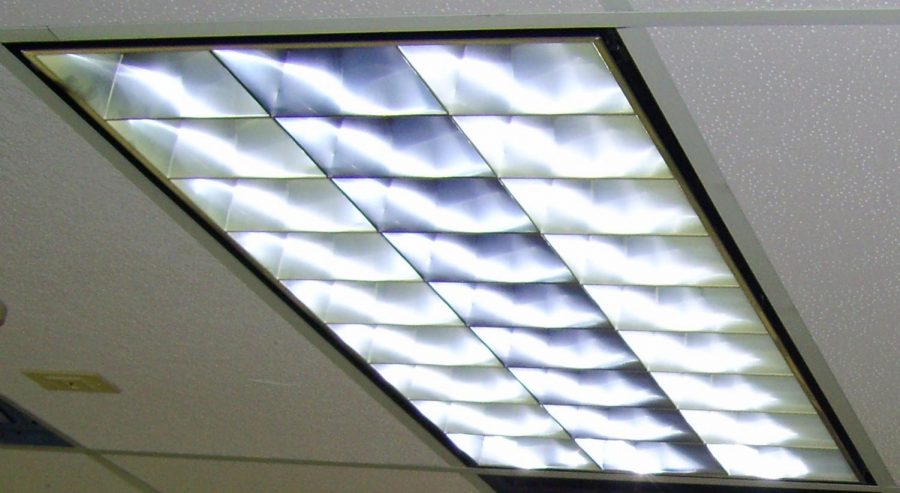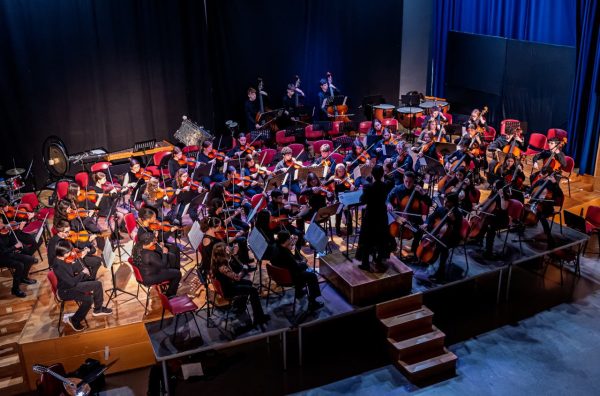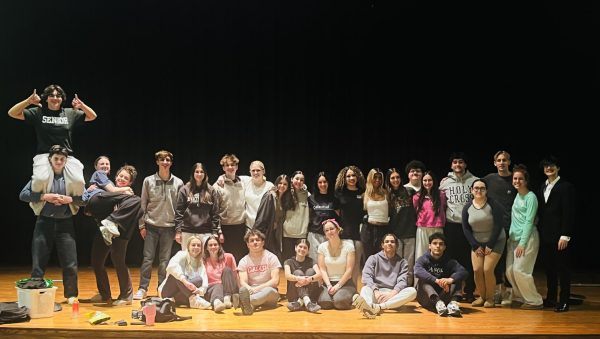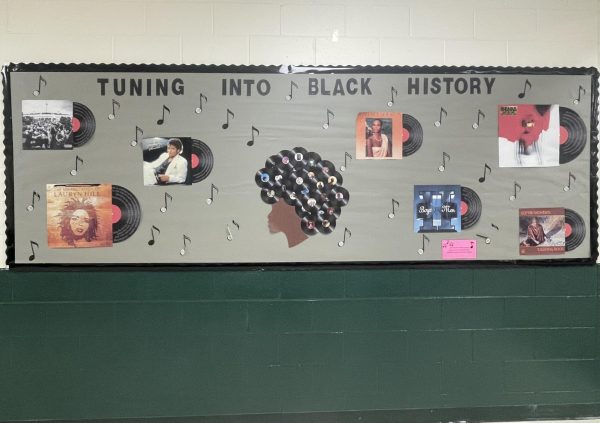Fighting fluorescent light fatigue
Outnumbered twelve to seven by the overhead fluorescent lights, incandescent lamps lay scattered among DHS English Teacher Will Higgins’s classroom. The fluorescent lights, each light fixture holds a collection of three rods, thirty six in total, lay dormant indefinitely. It is Mr. Higgins’s preference to use his own lamps and not the ones hardwired into each classroom.
Fluorescent lighting has become a staple in public domains, and with their ever present usage many questions have arisen regarding their health implications.
According to a ThoughtCo. article on the effect of fluorescent lighting, “there have been hundreds of studies done since the last quarter of the last century that have shown causal links between elongated exposure to fluorescent lights and various negative effects.”
Many people like to jump on the fact that mercury being included in the rods is a negative aspect. However, mercury is probably the least pertinent problem (unless you plan on playing with broken light bulbs).
Instead, the negative effects are much more subtle.
Eye strain, most commonly caused by extended use of electronics, is often a negative factor of fluorescent lighting as well. Students in classrooms with flourescent lighting often experience distracting and painful headaches due to eye strain.
In an email from sophomore Jonathan Bacdayan, he said, “I know people who get headaches from having [fluorescent lights] on too much, and for that reason I’d say that classrooms that are in the dark (or with less than full lighting) more often are better.”
Looking up at the fluorescent lights, the stream of light they emit seems continuous, right? But the stream of light, in fact, flickers. This flicker effect is often attributed to most of the negative health effects experienced by fluorescent light usage.
To produce light, the gas gets excited by electric pulses. The rate of these pulses is high enough so that you cannot actively see the fluctuations, but it still affects some people who are particularly sensitive.
“I do not enjoy fluorescent lighting. It is too much. In college I used floor lamps only in my dorm rooms. In class I only use one of the two light switches,” said English Teacher Jessica Lassey. In fact, most teachers at DHS only ever use half the lights in their rooms.
Another effect of fluorescent lighting is stress. Students especially, who spend upwards of six hours surrounded by the harsh fluorescent lighting, experience increased stress levels.
Psychology Today explains that fluorescent lights affect hormones in our bodies that lead to “raised stress markers, reduced heart rate variability, raised blood pressure, increased skin conductance, and stronger startle response” as well as several other symptoms of stress increase.
Similarly, fluorescent lighting can affect hormones involved with inducing sleep, such as the melatonin. Over exposure to these lights can cause the body to unsync with its circadian rhythm (the natural 24-hour body clock), and lead to mild sleep deprivation, which over extended periods of time, can have lasting effects on the body.
“Students, a category of people who need all the sleep they can get, as much mental clarity as they can get, and the strongest eyes they can get,” said Bacdayan, “should not be exposed to [fluorescent lights].”
Despite the apparent negative effects of fluorescent lighting, it is relatively clear why they are so ubiquitous in public settings like schools. They are cheap, they are durable, and they are efficient.
But at what point does this cost-cutting become a danger to individuals’ lives?
And in turn, “are the effects significant enough to spend the limited amount of funds a school is afforded?” said Ms. Lassey.
It is hard to discern, despite countless studies, whether or not fluorescent lighting has serious and lasting negative effects, but the discomfort and subtle effect they present due to prolonged exposure cannot easily be ignored.
“I do find it to be a nice break from things when teachers keep the lights off,” said Bacdayan.










sam brodsky • Jun 13, 2018 at 7:32 pm
i agree that i hate fluorescents, but the studies quoted in this article seem a little short on facts. in addition, i think that the flicker of fluorescent lights is not the main issue, but the lack of a complete spectrum of color. it could also be noted that LEDs are now affordable and much more efficient. are new schools being built with them instead of fluorescents?